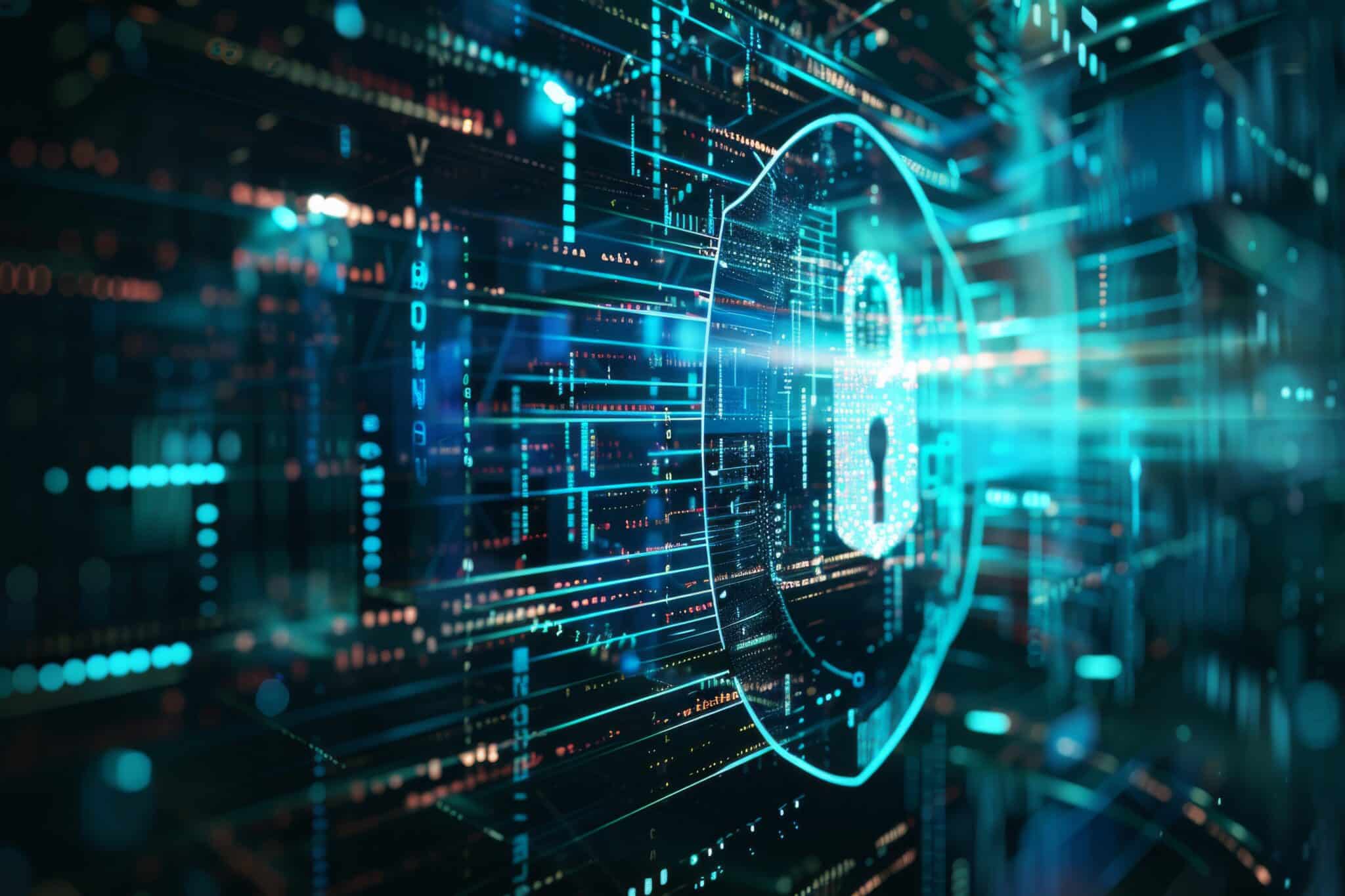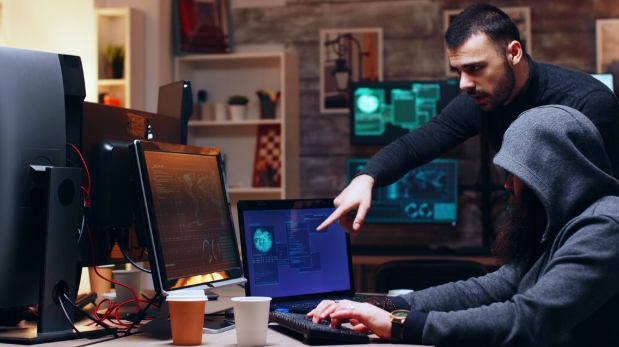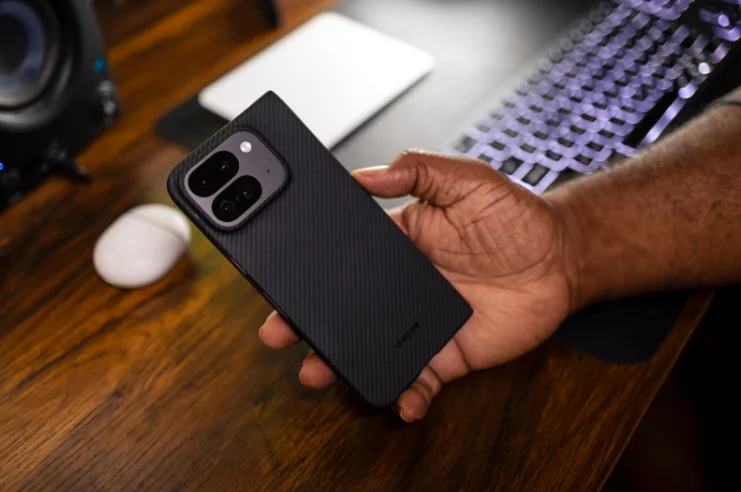
In an era where cyber threats are increasingly common and sophisticated, securing your notebook (laptop) is more critical than ever. Whether you’re a professional handling sensitive data or a student accessing online resources, following robust cybersecurity practices is crucial to protect your personal information and device. Here are some most important cybersecurity tips for keeping your notebook secure.
1. Keep Your Operating System and Software Updated
One of the simplest yet most effective ways to protect your notebook is to ensure that your operating system and all installed software are up to date. Software updates often include patches for security vulnerabilities that, if exploited, could allow attackers to compromise your system.
2. Use Strong, Unique Passwords
Employ strong and unique passwords for all your accounts, especially those you access from your notebook. Consider using a passphrase or a combination of letters, numbers, and special characters. Avoid using the same password across multiple sites, and consider using a reputable password manager to keep track of your passwords.
3. Enable Multi-Factor Authentication
Multi-factor authentication (MFA) adds an additional layer of security by requiring more than one method of verification to access an account. Enable MFA on all services that offer it, such as your email, social media accounts, and online banking.
4. Install Antivirus Software and Keep It Updated
Antivirus software can protect your notebook from malicious software (malware) that can steal information, damage data, or impair your computer’s performance. Ensure your antivirus software is set to update automatically to protect against the latest threats.
5. Use a Firewall
Enable your notebook’s firewall to provide a barrier between your computer and the internet, blocking unauthorized access while permitting outward communication. This can help prevent malicious software from accessing your laptop via the internet.
6. Be Wary of Phishing Attacks
Phishing attacks, where attackers masquerade as a trustworthy entity to deceive you into providing sensitive information, are increasingly common. Be cautious with emails, messages, or websites that ask for personal information or direct you to input your password.
7. Secure Your Wi-Fi Connection
Always use a secured Wi-Fi connection. When setting up your home Wi-Fi, change the default username and password, use strong wireless encryption, and hide your network name (SSID). Avoid using public Wi-Fi for sensitive transactions, or use a virtual private network (VPN) if necessary.
8. Encrypt Sensitive Data
Use encryption tools to protect sensitive data stored on your notebook. Encryption software converts your data into a code that prevents unauthorized access, ensuring that your personal information is secure even if your notebook is lost or stolen.
9. Regularly Back Up Your Data
Regularly back up important data to an external hard drive or a cloud-based storage service. In case of a cybersecurity incident or hardware failure, having a backup ensures that you don’t lose important documents or personal information.
10. Limit Physical Access
Always lock your notebook when not in use, and avoid leaving it unattended in public places. Consider using a physical lock for your laptop when in a public area and utilize login passwords to gain access to your device.
11. Be Cautious with Downloads
Always ensure that you download files, applications, and software from reputable sources. Malicious software often masquerades as legitimate programs, tricking users into downloading and installing malware that can compromise their systems. If you’re unsure about the credibility of a source, do some research to confirm its legitimacy before proceeding.
12. Use Secure Browsing Practices
While browsing the internet, ensure you visit secure websites. Look for URLs that begin with https://—the ‘s’ stands for secure and indicates that the website is using a secure layer of encryption to protect the data transmitted. Also, consider installing browser extensions that block tracking cookies and malicious websites.
13. Disable Auto-Run Features
Many operating systems have features that allow media like CDs, DVDs, and USB drives to run automatically when inserted into a machine. Disable this feature to prevent the automatic execution of potentially malicious software from external media, which is a common method used by cybercriminals to spread malware.
14. Monitor Your Notebook’s Performance
Be attentive to the performance of your notebook. A sudden slowdown, unusual activity, frequent crashes, or unexpected ads are often indicators of malware or other malicious software running on your machine. If you notice any of these symptoms, run a comprehensive antivirus scan and consider professional help if the issue persists.
15. Educate Yourself About the Latest Cybersecurity Threats
Cyber threats are continually evolving, and staying informed about the latest security risks and vulnerabilities can help you stay one step ahead of potential attackers. Follow reputable cybersecurity news sources, participate in forums, and consider cybersecurity training to enhance your knowledge and awareness.
16. Control Application Permissions
Regularly review the permissions granted to applications on your notebook. Ensure that apps only have access to features or data they need to function and consider uninstalling apps that request unnecessary permissions. Tight control over app permissions can significantly enhance your notebook’s security.
17. Use a Privacy Screen
When working in public places, use a privacy screen to prevent “shoulder surfing”—where individuals look over your shoulder to see your screen. This simple accessory makes it hard for onlookers to spy on your activities and steal sensitive information.
18. Implement Full Disk Encryption
Full disk encryption (FDE) is another level of security that can protect the data on your notebook in case it is lost or stolen. FDE works by encrypting every bit of data that goes on the disk, requiring a password or decryption key before the operating system boots up.
19. Use Secure File Deletion Tools
When you delete files, they are not immediately removed from your hard drive and can often be recovered with specialized software. To securely delete sensitive information, use tools designed to permanently wipe data, ensuring it cannot be recovered.
20. Conduct Regular Security Audits
Periodically assess your cybersecurity practices and your notebook’s security settings. Check for vulnerabilities, update security policies as needed, and make adjustments to accommodate new threats. A regular audit can help you maintain an effective defense against potential security breaches.
Conclusion
Implementing these cybersecurity tips will significantly strengthen the security of your notebook. In today’s digital age, being proactive about cybersecurity is not just a recommendation—it’s a necessity. Protect your digital assets and personal information by adopting these best practices and continuously updating your knowledge and strategies against emerging cyber threats.

The Hidden Business Power of Storytelling Through Books

Diamond Painting Apps & Digital Tools for 2025 Artists

Meeting Global Tastes: The Versatility of Commercial Tortilla Makers

Accelerating drug discovery through the DEL-ML-CS approach

AI in Marketing Is No Longer a Buzzword — It’s the Strategy

The Full Guide To Penetration Testing

Pixel 10 Pro Fold Case: Why Choose Aramid Fiber?

MT4 for Mac vs Windows: Which Version Works Better for Traders








